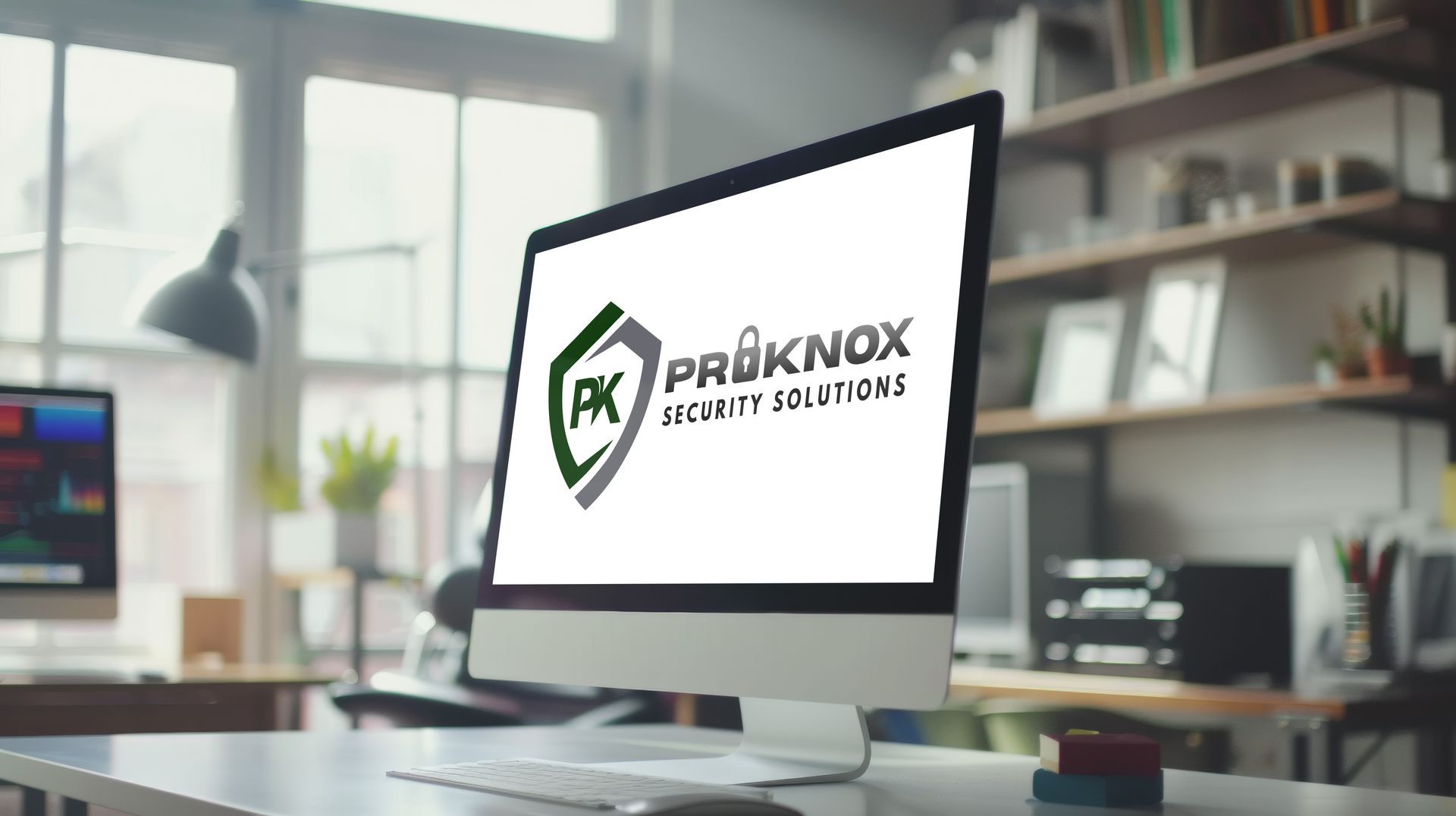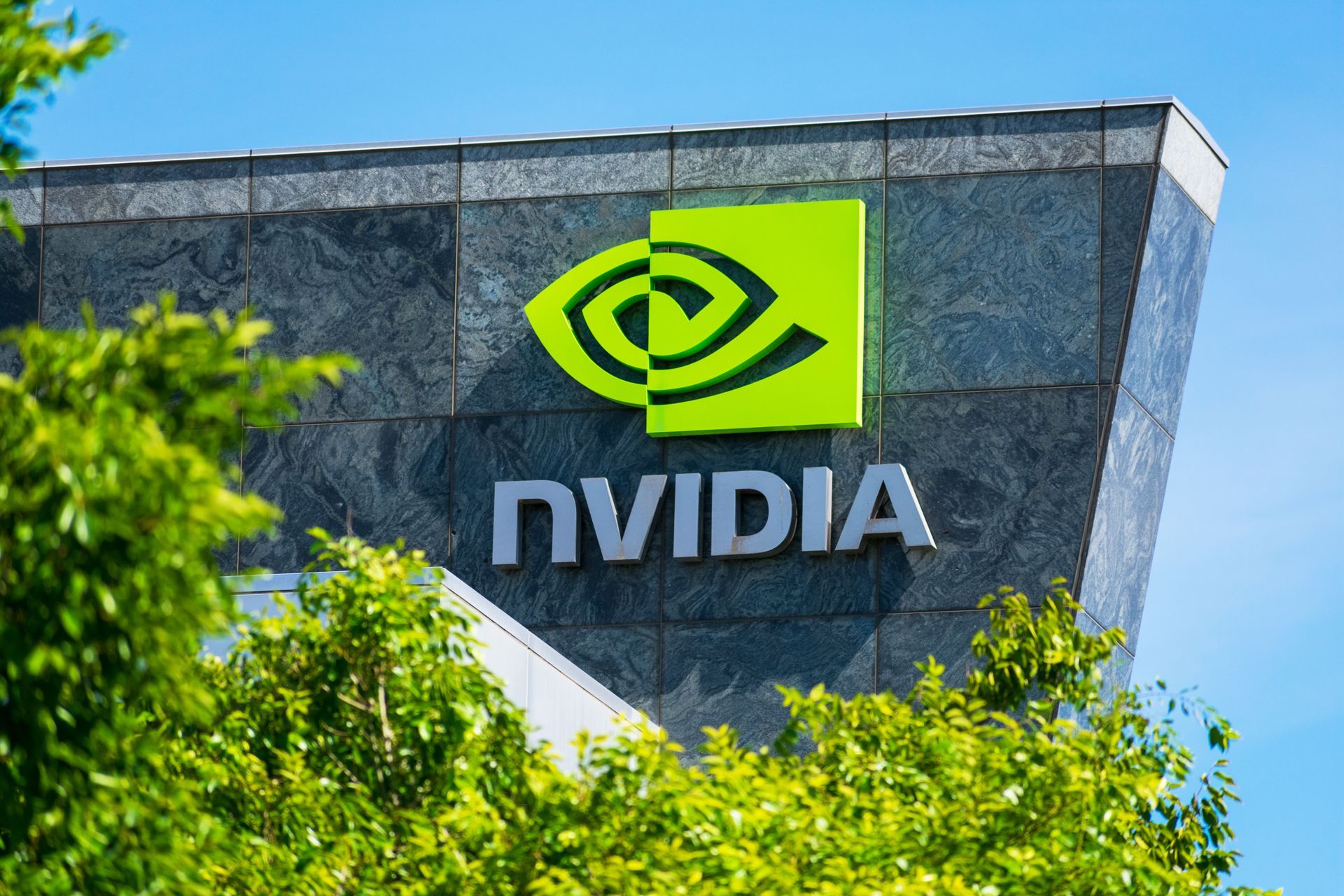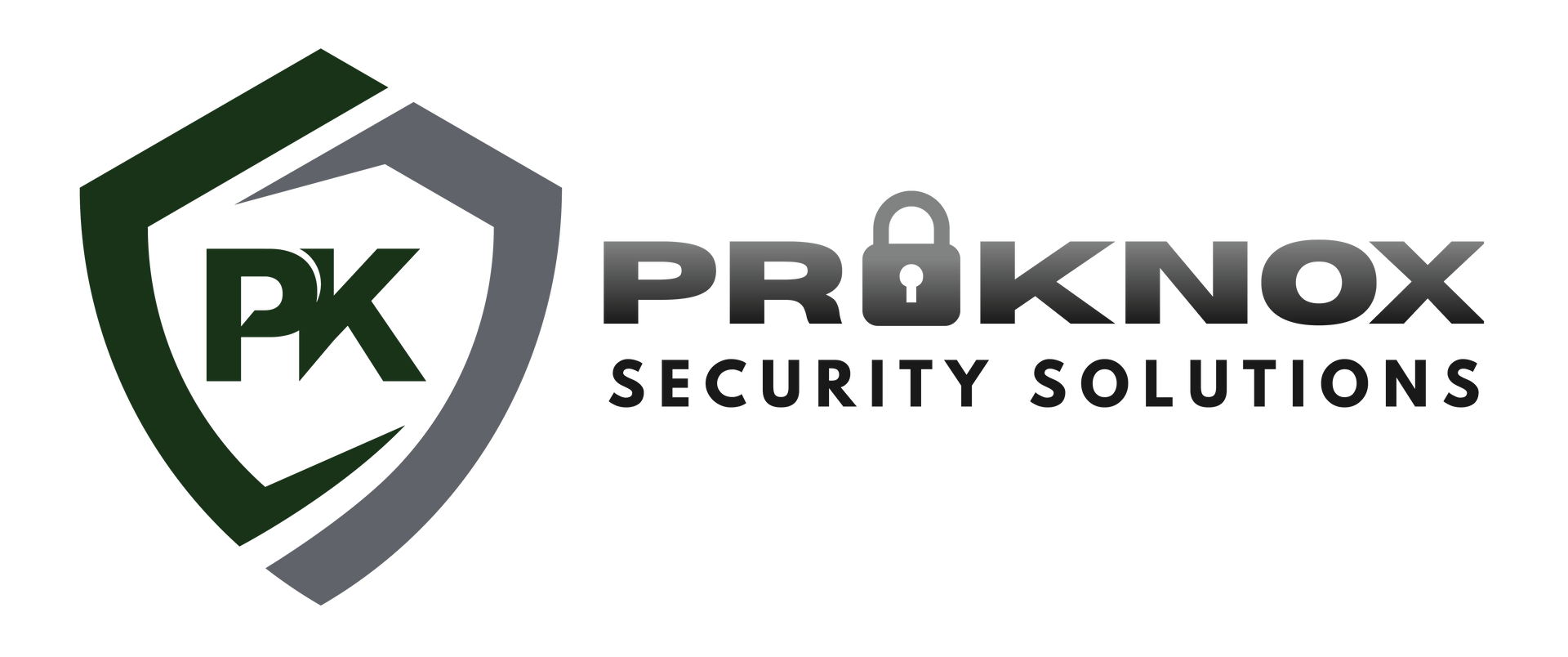Why Compliance and Risk Assessment Are Critical to Protecting Your Business in 2025
Minimize Legal and Financial Risks with Proactive Compliance and Risk Management
As the regulatory landscape grows more complex and the risks of non-compliance increase, it’s becoming increasingly clear that businesses must stay ahead of the curve when it comes to compliance and risk assessment. Many business owners may think they are covered, but they could be overlooking key areas that expose their company to financial penalties, reputational damage, and legal consequences.

In this blog, we’ll walk you through what compliance and risk assessment are, why they matter in 2025, and how you can protect your business from hidden dangers you might not even be aware of.
What Is Compliance and Why Does It Matter?
Compliance refers to the process of ensuring your business adheres to relevant laws, regulations, and standards. These rules can vary widely depending on your industry, geographical location, and the specific type of data or services your business handles. For example, if your business collects customer data, you may need to comply with privacy laws like GDPR or CCPA. Failure to comply can lead to hefty fines, legal action, and reputational damage that could take years to rebuild.
Here’s what many businesses don’t realize: compliance isn’t just about avoiding fines. It’s about protecting your customers, your data, and your reputation. When you implement strong compliance practices, you’re showing your stakeholders—whether they be customers, investors, or employees—that you value their trust and security.
The Risks You Might Be Overlooking
While many businesses are aware of the obvious risks of non-compliance, such as legal fees and regulatory penalties, there are other risks that might not be as apparent.
1. Reputational Damage
One of the most significant, but often underestimated, risks is reputational damage. In the digital age, bad news travels fast. A single data breach, failure to comply with regulations, or publicized violation can lead to the loss of customer trust. Repairing a damaged reputation often costs more in the long run than implementing the right risk assessment and compliance measures upfront.
2. Operational Disruption
Non-compliance can also lead to operational disruptions. For example, if your business doesn’t meet specific industry regulations, you might face a shutdown or suspension of operations until compliance is achieved. This downtime can affect your bottom line, causing significant financial loss, especially if you depend on digital infrastructure for your daily operations.
3. Financial Penalties
Regulatory fines for non-compliance are more common than many businesses realize. The fines for breaches of regulations like GDPR can reach millions of dollars, depending on the severity of the violation. These penalties can cripple a small business, especially if there was an incident that could have been prevented with proper risk management strategies.
4. Legal Exposure
Legal risks go hand in hand with compliance risks. If your business fails to comply with applicable laws, you may face lawsuits or legal actions from customers, competitors, or regulatory bodies. Even if you’re not directly violating laws, your company could still be held accountable if you don’t have a proper risk assessment plan in place.
What Is a Risk Assessment, and How Does It Protect Your Business?
Risk assessment is the process of identifying, evaluating, and mitigating potential risks that could affect your business operations, financial stability, and compliance status. In 2025, risk assessment is an ongoing process, not a one-time event. Given the rapid pace of technological advancements, regulatory changes, and evolving business models, it’s crucial to stay vigilant and regularly assess your vulnerabilities.
Risk assessments help you answer critical questions like:
- What are the most significant risks to my business?
- Where are my data and systems vulnerable to cyberattacks or breaches?
- How can I safeguard my business against these risks while maintaining compliance?
By regularly conducting risk assessments, you can spot emerging threats and address them proactively—before they turn into full-blown issues that could compromise your business’s integrity.

How to Start Strengthening Your Compliance and Risk Assessment Strategy
Now that you know why compliance and risk assessment are essential to your business, let’s explore some actionable steps to improve these practices:
1. Understand Your Industry Regulations
Different industries have different compliance requirements. Start by researching the specific regulations that apply to your business. This will help you better understand your compliance obligations and mitigate the risk of oversight.
2. Regularly Conduct Risk Assessments
Make risk assessments a regular part of your business operations. This ensures you stay ahead of potential risks and are better prepared to respond to them. A thorough risk assessment will help you identify weaknesses in your security posture, supply chain, or employee practices.
3. Implement a Risk Management Plan
After identifying risks, you need a plan for how to address them. Whether it’s data protection, financial controls, or operational procedures, having a clear risk management strategy will help you minimize the potential impact of any issues that arise.
4. Train and Educate Employees
Your employees are your first line of defense when it comes to both compliance and risk management. Regular training on compliance issues (such as privacy laws) and security best practices (such as recognizing phishing attempts) is essential for reducing internal risks.
5. Monitor and Adapt
Compliance and risk management aren’t static. As laws evolve and new risks emerge, your business needs to be adaptable. Keep track of regulatory updates and stay in the loop with industry changes to ensure that your practices remain compliant and effective.
Take Control of Your Business’s Compliance and Risk Management
By understanding and addressing compliance and risk assessment, you're taking proactive steps to protect your business from the hidden dangers that could otherwise disrupt your operations and growth. The best part is that you don’t have to do it alone.
At ProKnox Security Solutions, we specialize in providing expert compliance and risk assessment services that can help safeguard your business from a range of threats. Our team will work closely with you to ensure your company meets all regulatory requirements while protecting it from potential risks.
Ready to secure your business’s future? Contact ProKnox Security Solutions today to learn how our compliance and risk assessment services can help you minimize risks, avoid costly penalties, and stay ahead in 2025 and beyond.







